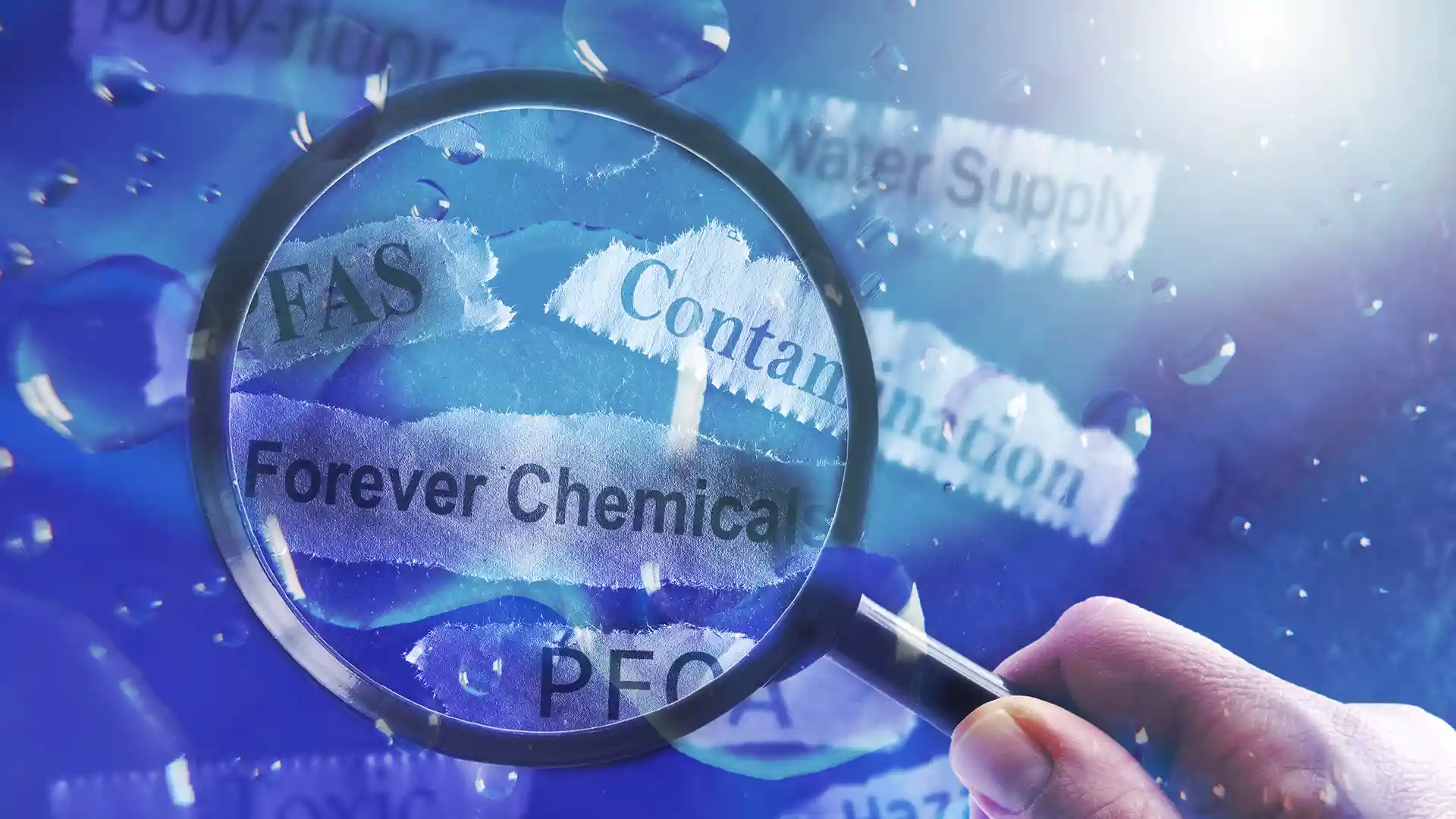A new study on how people perceive per- and polyfluoroalkyl substances (PFAS) — or “forever chemicals” — in drinking water was recently published in the Journal of Environmental Health. Led by Tim Holland, a Nelson Institute environment and resources PhD student, and coauthored by Bret Shaw, a professor within the Department of Life Sciences Communication in the College of Agricultural and Life Sciences and a Nelson Institute affiliate, the study analyzed online search behavior to understand what people want to know about PFAS contamination in drinking water.
Using the analytics tool Semrush, Holland, Shaw, and other coresearchers identified and ranked common PFAS-related questions and search terms by volume. The most frequent queries focused on ways to reduce PFAS exposure, followed by general questions about PFAS in water.
Given that nearly all Americans have measurable PFAS levels in their blood and many turn to the internet for health information, these findings can help public health professionals develop targeted, relevant communication materials to better inform communities about PFAS risks and mitigation.
Coauthors on the study include Professor Lyn Van Swol and Rachel Hutchins from UW–Madison’s Department of Communication Arts along with Gavin Dehnert, emerging contaminants scientist at the Wisconsin Sea Grant. Collaborating partners include the UW–Madison Division of Extension, Wisconsin Department of Health Services, Wisconsin Department of Natural Resources, Public Health Madison & Dane County, and the UniverCity Alliance. This research is part of a broader initiative led by the Illinois-Indiana Sea Grant aimed at closing PFAS knowledge gaps across the Great Lakes region.



